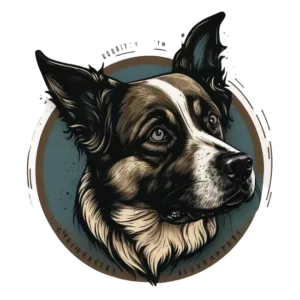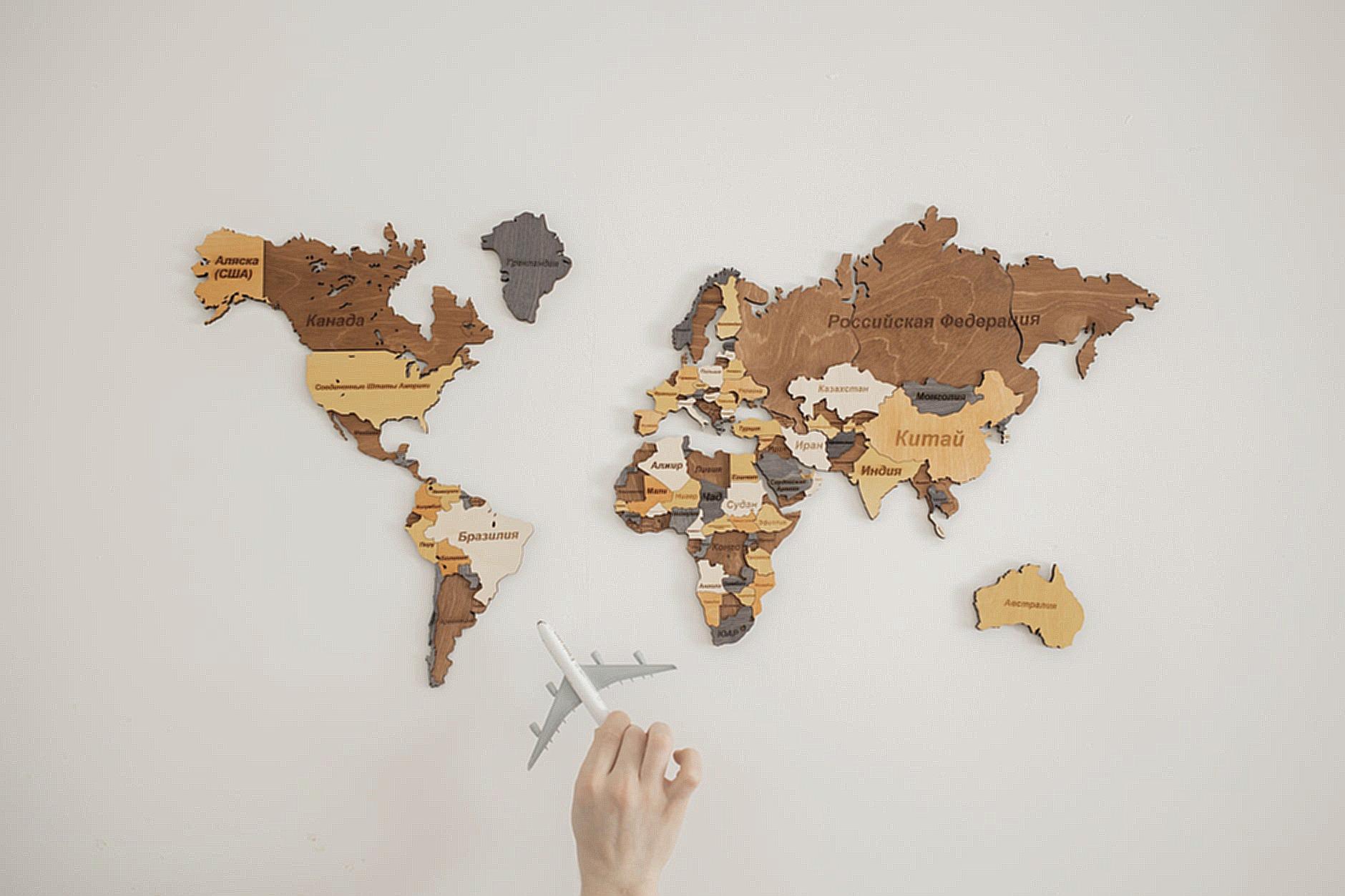
Training a puppy can be incredibly difficult and often one of the most challenging tasks is potty training. One of the most important questions many puppy owners have is how long can a 6 month puppy hold it? Fortunately, introducing a 6 month old puppy to potty training can be relatively straightforward with the right strategies and techniques in place.
In this article, we will discuss the basics of potty training a 6 month old puppy and look at factors that affect how long your puppy can hold it. We will consider how often you should take your puppy out for potty breaks and explore best practices and methods for potty training 6 month old puppies. We will also look at common mistakes made while potty training, as well as what to do if your puppy has an accident.
Ultimately, this article will help you understand the basics of potty training your 6 month old puppy, and equip you with the knowledge and skills to take the best approach possible. So let’s get started!
Introducing Potty Training Basics
As a responsible puppy parent, it is your job to potty train your pup. Potty training puppies can be a challenging, yet rewarding, process. It is easiest to begin potty training your six-month-old puppy shortly after they come home. Even though puppies are still developing, they can learn basic potty training quite quickly!
The best way to potty train a young puppy is to combine crate training and puppy pads. With the combination of these two training methods, you can help your six-month-old puppy stay out of trouble and establish potty time.
Setting Up the Crate and Establishing a Routine
The crate will become your six-month-old puppy’s safe place. Choose a crate that is big enough for your puppy to move around, but small enough for them to feel comfortable. Fill the crate with comfortable bedding, as this will help your puppy relax and establish a routine.
Once your puppy has adjusted to the crate, it’s time to establish a potty routine. This is best done by taking your puppy outside to potty at the same time every day. Doing this will help your puppy learn when they should expect to go to the bathroom.
It is important to remain consistent with potty times. If your puppy has an accident in their crate, it’s important to note that it is a sign your puppy needs to go outside or that they need to go out more often.
Rewarding Good Behaviour and Tips From Experts
Whenever your puppy goes potty in the right spot, it’s important to reward them. Giving your pup a treat after they pee in the right spot will help reinforce the behavior. Be sure to praise them in an excited voice, so they know that going potty where they are supposed to is a good thing.
Finally, here are some tips from experts to make the potty training process easier:
- Give your puppy frequent potty breaks. This will help them learn when and where to pee.
- Avoid punishing your pup for accidents. If you catch them in the act, tell them
noin a firm voice and take them outside. - Praise and reward your pup for peeing in the right spot. This will help them to understand and remember not to pee inside.
- Keep your pup on a consistent and regular schedule. This will help them understand when to expect potty breaks.
Real-Life Example of Successful Potty Training
Jenna and her family got their six-month-old puppy, Max, not too long ago. Since Jenna had never potty trained a puppy before, she was a bit nervous.
However, after a few days of getting used to his new home and crate, Max was ready to begin potty training. Jenna followed her gut and stuck to a consistent routine she set forth for Max. Whenever Max had an accident in his crate, Jenna used a firm voice and took him outside.
With consistency and gentle corrections, Max quickly learned when and where he was supposed to pee. Jenna praised him when he peed in the right spot, and he soon started to look forward to potty time. By week three, Max was fully potty trained and the whole family was so proud of him.
Common Mistakes to Avoid
When it comes to potty training a puppy, there are some mistakes that pet owners often make. Here are a few to be aware of:
- Not taking your puppy out for potty breaks often enough – It’s important to take your puppy out for potty breaks every few hours.
- Not monitoring your puppy – Closely monitor your pup when they’re out of their crate so they don’t have accidents in the house.
- Punishing your puppy for accidents – If your puppy has an accident, gently remind them with a firm ‘no’ and take them outside.
Conclusion
Potty training a six-month-old puppy is a great way to instill good habits in your pup. The key to potty training success is to combine crate training with puppy pads and create a consistent routine. Praise and reward your pup for going to the right spot and avoid punishing them for accidents.
Remember to take your puppy out for potty breaks every few hours, monitor them when they’re out of their crate, and be patient with them while they learn. With dedication, consistency, and rewards, you can help your puppy understand how to go to the bathroom properly and become a potty master in no time!

How Often Should You Take Your 6 Month Old Puppy Out For Potty Breaks?
As a pet parent of a 6 month old puppy, you may be wondering how long your pup can hold it before needing to go potty. Generally speaking, most 6 month old puppies need to go out every two hours, and immediately after meals, play sessions, and naps.
When teaching your puppy potty training, positive reinforcement is essential. Whenever your pup goes potty in the designated spot outside, pat them and provide them with a treat afterwards. This will foster good habits and with repetitive practice, your pup will learn that going potty outside will be rewarded.
§It’s important to create a regular routine and take your pup outside at the same time every day. This will help your pup be familiar and comfortable with the same environment every time they need to go.
Signs That Your Pup Needs To Go
The signs your puppy needs to go usually appear within 10 minutes of their last potty break. The signs are usually quite clear, such as pacing, a certain face expression, sniffing, or whining. When your pup begins exhibiting any of these signs, it’s time to take them outside.
It’s important to start training your puppy at a young age so that they become used to going potty outside. To help ensure that your pup goes in the designated area, always use the same command such as “go potty”.
Walking vs. Running
When taking your pup out for potty breaks, it’s beneficial to take them on a walk instead of just letting them run around the yard. Walking your pup outside is a great way to bond time and it’s also more stimulating for them both mentally and emotionally.
If your pup is naturally more hyperactive and in need of potential more exercise, you could consider combining the pee breaks with a small jog or game of chasing a ball to burn off even more energy. As your pup grows and their energy levels increase, it’s important to start taking them for daily walks to monitor their energy levels and to eventually begin teaching them to stay by your side while walking.
Warnings against Crating
It’s important to not leave your pup in their crate for too long as this could lead to psychological issues. Puppies this age generally need to be taken outside of their crate every several hours to stretch and go potty. Puppies need plenty of consistent and regular exercise and if their crate is their primary source of activity, this could be detrimental to your pup’s physical and mental growth.
Ultimately, potty training any puppy is a gradual process and one that requires plenty of patience and understanding. By establishing a regular routine, consistently providing positive reinforcement, and taking your pup on walks every time they need to go potty, your pup can reach full potty training in no time.
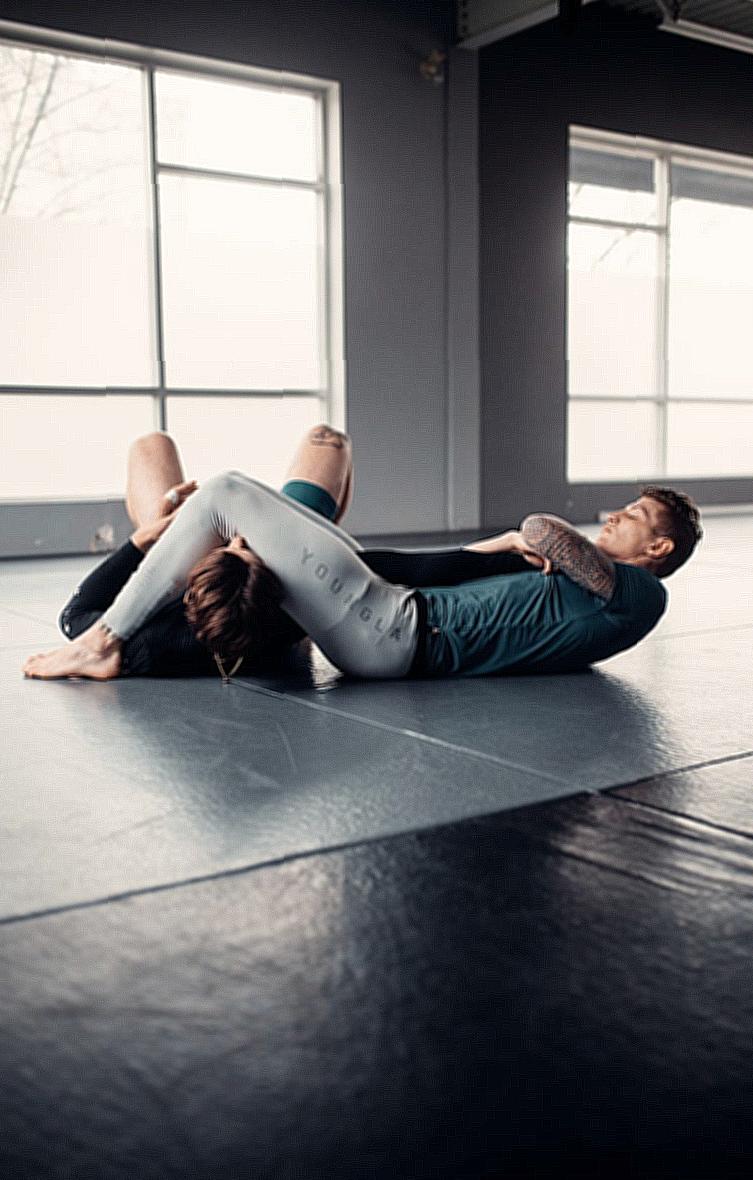
Factors That Affect How Long Your 6 Month Old Puppy Can Hold It
Today’s puppies often find themselves spending the majority of their day in the house, and many of them are notoriously hard to potty train. Getting a young puppy to hold it long enough to make it to the designated potty spot is a major challenge for many owners. However, there are several factors that can influence how long a 6 month old puppy can hold it.
Age
As puppies age, their ability to control their bladder and bowel muscles for longer periods of time continues to improve. While puppies of 6 months old should be able to hold it for several hours, their capacity will continue to improve as they approach maturity.
Size
Puppy size also plays a role in how long they can hold it. Generally, larger breeds tend to be able to hold it for longer periods of time than smaller breeds. This is because of their size and the greater capacity of their bladder, which means that they have more space before filling up.
Frequency of Feedings
Establishing a regular and consistent feeding schedule for your puppy is key to improving their bladder and bowel control. When puppies are feeling hungry at consistent intervals, they learn how to manage their bodies’ needs. This will help them to regulate their bladder and control their urges to go until they are in a designated area.
Regular Potty Breaks
Training your puppy to go to the bathroom at regular intervals is essential to successful potty-training. Taking your puppy out to do their business regularly will help them build good habits and learn to control their muscles better each time. The more regular the breaks, the easier it will be for them to learn how to settle themselves and wait until they can release in an appropriate and safe area.
Eating and Drinking Habits
It’s important for all puppies, especially those of 6 months old, to maintain a steady intake of food and water. However, it’s also important to limit the amount of food and water that your puppy has access to, as too much can lead to frequent potty accidents. Consider limiting their food intake to the same time each day in order to encourage regularity, and be sure to take note of what and how much they are eating.
Stress
Stress can also cause changes in their behaviour, like frequent potty accidents, so it’s important to identify and remove any sources of stress from your puppy’s environment. This can include excessive barking, unfamiliar visitors, loud noises, or other things that might be worrying them.
Regular Vet Visits
Finally, be sure to keep up to date with all of your puppy’s regular checkups and vaccinations. Health problems can cause some changes in their behaviour, so be sure to pay attention and make sure they are getting their regular care. If a problem is identified, seek treatment as soon as possible to ensure a swift recovery.
By taking into account all of these factors, you can help your puppy learn how to hold it for longer periods of time. Building good habits from the start and monitoring their food and water intake, as well as providing regular potty breaks, will help your puppy successfully master potty training.
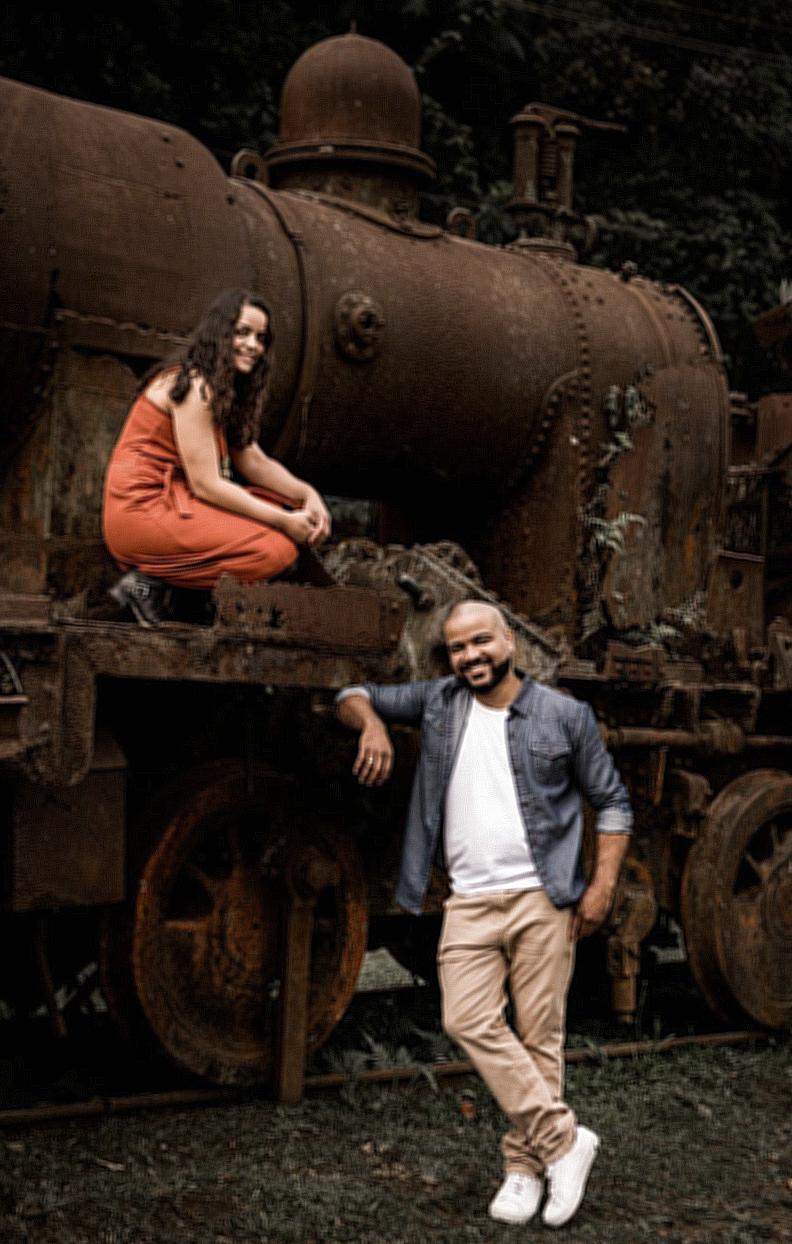
Can You Make A Six Month Old Puppy Hold Its Bladder?
It’s a common myth that you can potty train a six-month-old puppy. That’s a misconception because puppies are still too young to hold their bladders. However, it is possible to start teaching them the basics and it’s important that you do.
In order to begin the process, you will need to monitor your puppy closely. This means being aware of when they’re about to potty, rather than waiting for them to simply do it. If you see signs such as sniffing or circling, take them to their designated spot. This will help them learn what’s expected from them.
To make this easier, create a consistent routine. Start by picking a specific time to take your puppy to their designated spot every day and make sure they’re drinking the right amount of water. If you’re consistent with this pattern, they’ll soon start to understand what you want them to do.
It’s important to remember that all puppies have different needs. It’s important to make sure that the routine works for your puppy specifically, as well as for you. Pay attention to the time of day, the type of relief they’re looking for, and the amount of time they take to pee. All of these factors can affect the potty training process.
You will also need to have the proper supplies on hand before you begin. This includes things such as doggy pads or a litter box. You can also consider using a puppy gate or using puppy-proofing techniques to avoid mishaps.
Finally, it’s helpful to read stories and personal experiences to understand what other people have gone through when potty training their puppies. Seeing how they coped with their experience can provide you with helpful advice. Reading up on tips and strategies used by other owners can be invaluable.
It’s important to remember that potty training a six-month-old puppy is difficult and takes dedication and patience. But with careful mindfulness, consistency, and some help from other sources, you can set your puppy up for success.
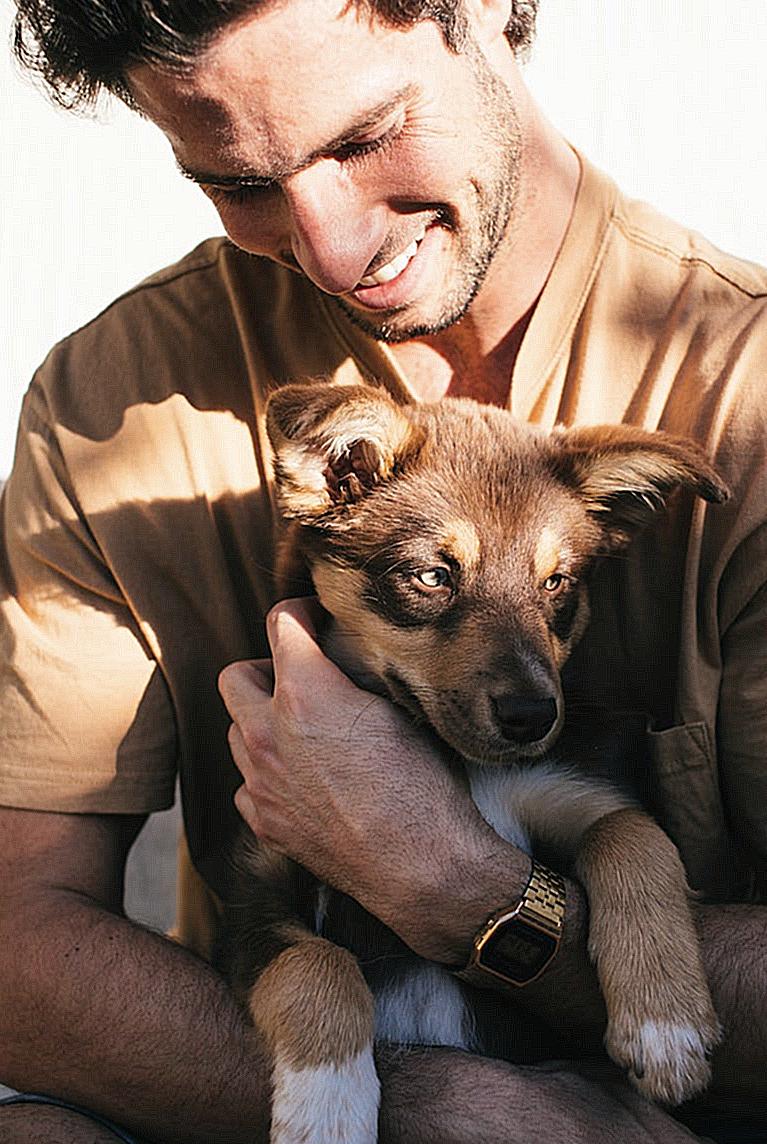
Best Practices For Potty Training A Six Month Old Puppy
Potty training a puppy is a big undertaking that requires both patience and consistency. To maximize success, it’s important to establish a potty routine and provide positive reinforcement when your pup goes in the right spot. Here are the best practices for potty training a six-month-old puppy.
Establish Set Potty Times
Setting regular potty times throughout the day will help your pup get used to their potty routine and it will remind you to take them out for potty breaks. Make sure you’re setting consistent times that work with your schedule, like after meals, when they wakes up from a nap, or first thing in the morning.
Choose the Right Potty Spot
It’s essential to choose a designated potty spot for your puppy and take them out there every time. Pick an area that’s away from your house and make sure it’s safe and accessible for your pup. Teaching your puppy that pottying should occur outside only will help them form a clear understanding of the process.
Praise For Success
When your puppy goes potty in the right spot, be sure to reward them with treats, enthusiastic words of encouragement, or plenty of cuddles. This lets them know they did something good and that there are positive consequences when they use the bathroom outside.
Quick Action For Accidents
If your puppy has an accident inside, it’s important to take quick action. Immediately take them outside to their designated potty spot and give them plenty of praise when they successfully go in the right area. This will help to reinforce the idea of the designated potty spot.
Cleaning Time
Whenever there’s an accident inside, be sure to clean the area thoroughly with an enzymatic cleaning product. This will eliminate any lingering odors that may attract your puppy back to that spot.
Consider Crate Training
Crate training is another way to help reduce accidents in the house. It’s especially helpful for when you’re unable to watch your puppy for periods of time. When used correctly, the crate should only be used for short periods of time and never as a punishment.
When potty training a six-month-old puppy, it’s important to establish a routine and provide positive reinforcement. Set regular potty times, take them to the same spot every time, praise them for success, take quick action for accidents, and make sure you properly clean the area. You may also find crate training to be helpful when you’re away. With the right implementation of these practices, you can successfully potty train your puppy in no time.
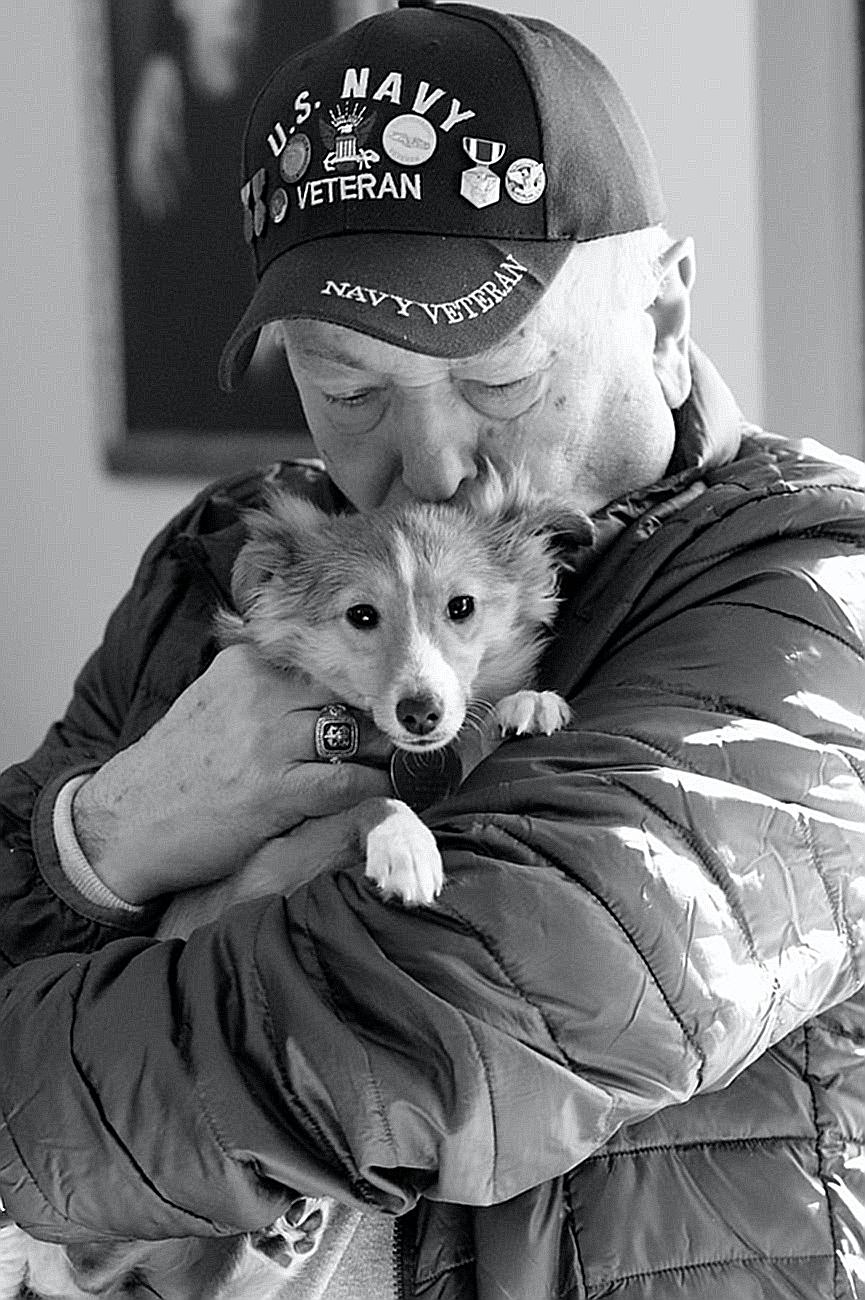
Signs That Show Your 6 Month Old Puppy Is Ready To Be Potty Trained
Potty training your puppy can be a challenging yet rewarding experience. As long as you’re prepared to put in the effort and be consistent, your pup can learn to use the restroom appropriately in no time.
But before you can begin potty training your 6-month old puppy, it’s important to make sure they are physically and emotionally ready. Here are some signs to look out for that will help you determine when they’re ready to start the process.
Showing an Interest in Their Litter Box/Bathroom Area
One of the first signs that your puppy is ready to begin potty training is when they take an interest in their designated bathroom area. If they enter the area eagerly, it can be an indication that they are ready to get started.
Establishing a Regular Schedule
Looking out for patterns in your puppy’s behavior is a great way of telling when they’re ready to start potty training. Since puppies typically need to use the restroom after eating, sleeping, playing, or drinking, keeping a log of when your pup typically needs to pee or poop can give you a better idea of when it’s time to begin potty training.
Taking Your Puppy Outside on a Regular Basis
It’s important to establish a daily routine of taking your puppy outside to use the restroom regularly. Make sure you provide enough opportunities so they can understand the aim of this activity. With consistent positive reinforcement and rewards, they will soon learn to use the appropriate areas to go potty.
Noticing the Signs
By paying close attention to certain behaviors such as sniffing, pacing, and squatting, you can learn to recognize when your puppy needs to go and help them establish the right habits.
Offering Rewards
Another way to motivate your pup is to provide them with treats or toys as rewards when they go to the bathroom in the right place. This will help them understand what is expected from them and encourage them to repeat the desired behavior.
Establishing Consistency
Consistent verbal and physical cues are key for a successful potty training experience. Whenever your puppy eliminates in the desired area, make sure to reward, praise, and encourage them. Consistent attention and positive reinforcement will help them recognize what is expected of them.
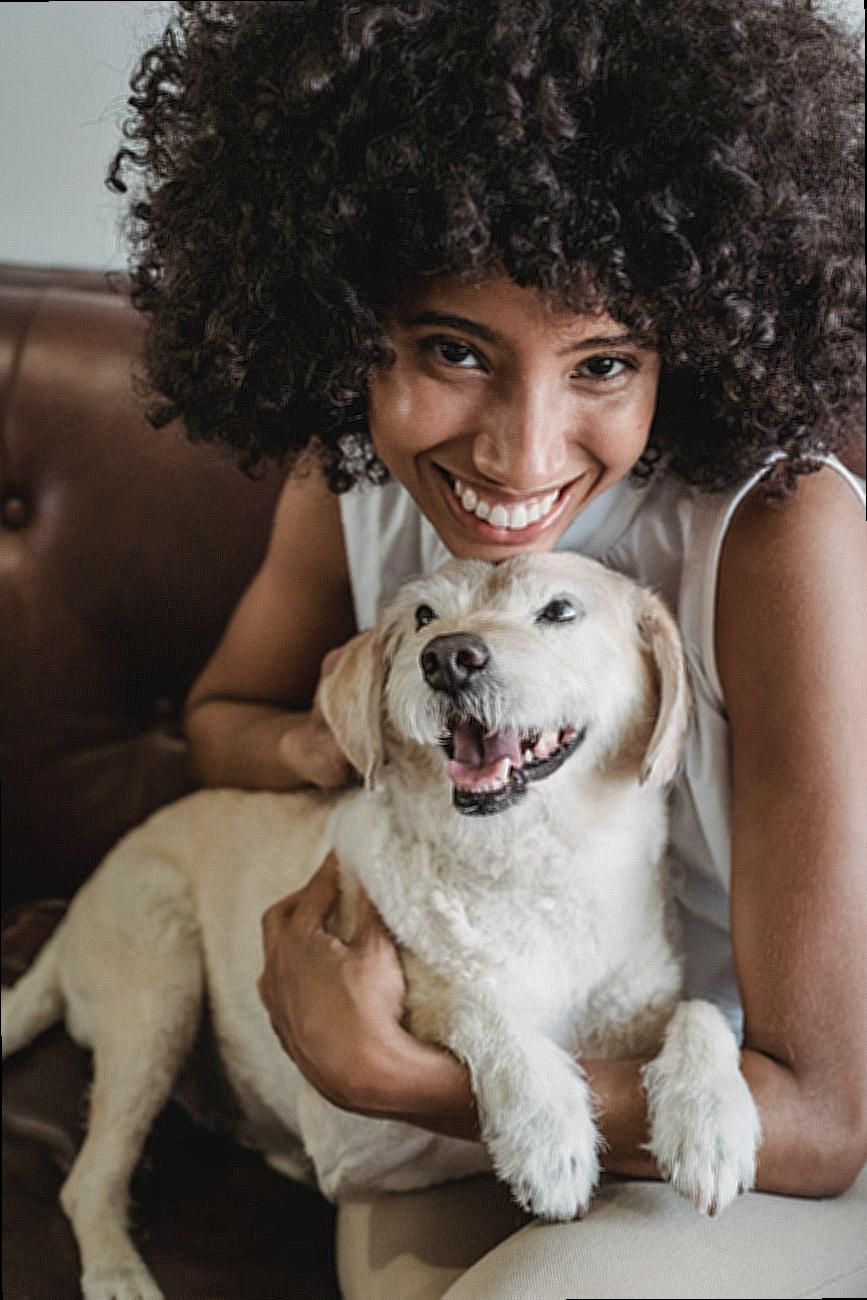
Incorporating Positive Reinforcement During Potty Training
Positive reinforcement is a behavior reinforcement technique where rewards are given after the target behavior is displayed (e.g. giving a treat or praising the puppy). It’s a great tool to use when potty training your puppy, and can be very useful in helping them develop positive associations with going to the bathroom in the designated spot.
Examples of Positive Reinforcement During Potty Training
Rewarding your puppy with a treat is a great way to incorporate positive reinforcement when potty training them. You can give your puppy a treat each time they go potty in the designated spot. Additionally, you can reward them with playtime or another activity after they successfully go potty in their designated spot – this reinforces the behavior, as they will have a pleasant experience to associate with going to the bathroom in the right spot.
Significance of Positive Reinforcement
Positive reinforcement helps to strengthen the relationship between you and your puppy, as it encourages their positive, wanted behaviors. Additionally, it increases the likelihood of success when potty training your puppy, as they get used to the idea of going to the designated spot in order to receive a reward.
Challenges with Incorporating Positive Reinforcement
It’s important to consider the consistency of the rewards for the same behavior, as this reinforces the idea that a certain behavior is to be repeated in order to receive a reward. Additionally, consider whether you are rewarding the puppy sufficiently or not sufficiently for the recognition of their successful efforts – the reward should be rewarding enough for the puppy to associate it positively with the behavior.
Tips for Incorporating Positive Reinforcement
When incorporating positive reinforcement during potty training, use treats that your puppy loves. Additionally, have regular potty training sessions – this will help them get used to the idea that they need to go to the designated spot to be rewarded. Additionally, always reward them when they do go to the designated spot to use the bathroom. Try to make the experience as much fun as possible and make sure to be patient and consistent with your puppy – it might take some time, but they will eventually get the hang of it.

Common Mistakes Made While Potty Training 6 Month Old Puppies
As a first-time puppy owner, the amount of energy, enthusiasm and responsibility it takes to properly raise a pup can be overwhelming. To make matters worse, potty training is especially difficult during the first six months. If you’re encountering difficulties with housetraining, you may be committing one or more of the following common mistakes.
Not Using a Crate
It might seem counterintuitive to confine your pup in a crate for the first six months; however, forcing your pup to remain in a specific area will limit where it will go to the bathroom. Since puppies are creatures of habit, not using a crate will create unnecessary stress and confusion.
Not Establishing a Ritual
Most puppies need to go to the bathroom immediately after they wake up, after playing and after eating. Having a routine when it comes to potty time will help puppies better understand when they should use the restroom.
Too Much Attention
It’s normal to want to shower your pup with affection, but do not reward negative behaviors. Giving puppies too much attention when they are acting out can cause them to think that their desired behavior is acceptable.
Inconsistency
It is important to stay consistent when it comes to rules and regulations. Allowing puppies to have different expectations on different days can create confusion and chaos.
Not Praising Positive Behavior
It is essential to reinforce positive behavior, especially when it comes to potty training. Showing gratitude and making it rewarding each time a puppy goes to their spot will help them remember to do so again.
Not Setting Up an Accident Protocol
Accidents are inevitable when it comes to puppies. Knowing how to clean up properly and act unaffected when accidents happen is key in not confusing the pup.
If you keep these mistakes in mind, you should have no difficulty when it comes to understanding how long can a 6 month puppy hold it. Make sure to give your pup plenty of exercise, supervision and praise, and they’ll learn the ropes in no time.
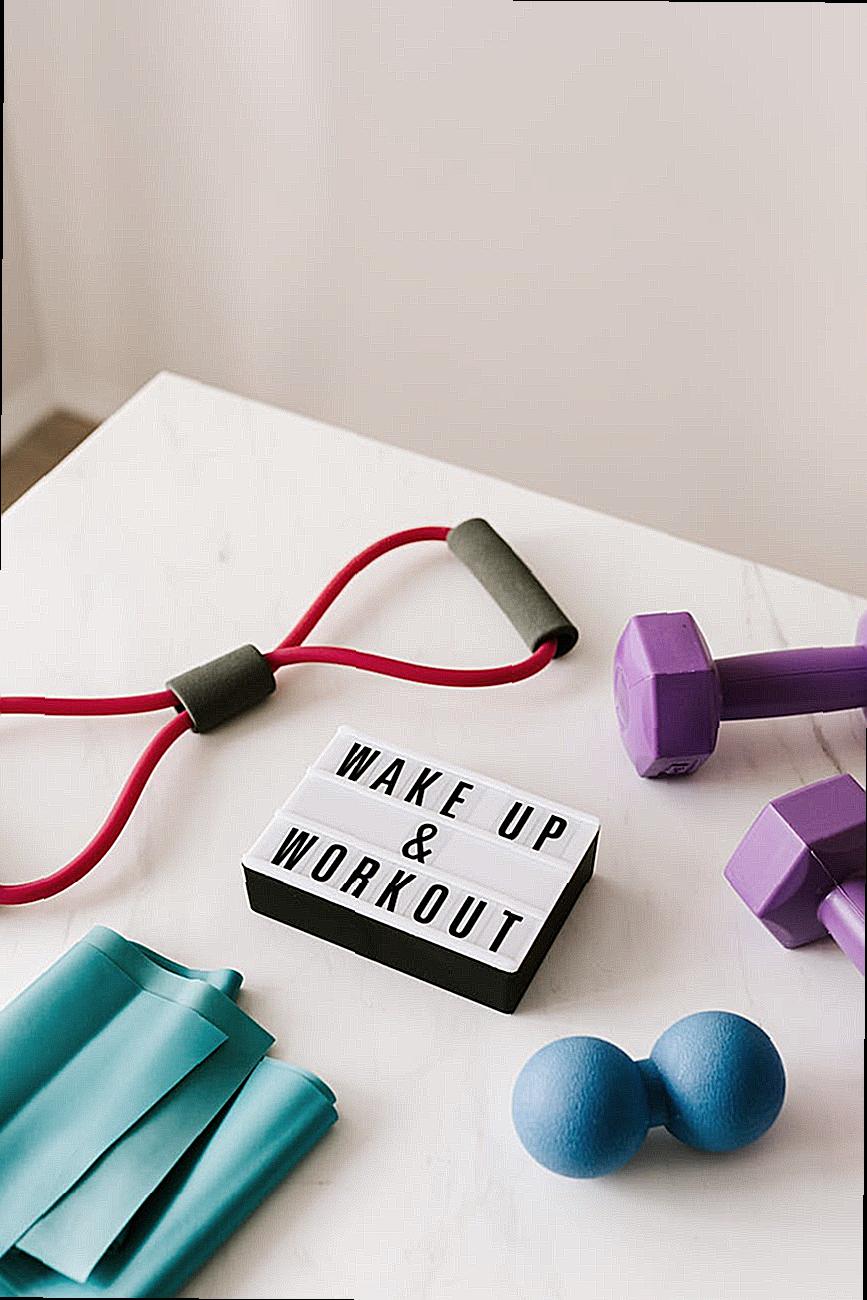
What If My 6 Month Old Puppy Has An Accident In The House?
When it comes to potty training a puppy, accidents are inevitable. In the case of a 6 month old, it is still quite common for puppies to have an accident indoors even with an appropriate potty training pattern set up.
Definition Of Accident
An “accident” in terms of puppy potty training is defined as urinating or defecating indoors when not intended by the owner. This includes areas that your puppy may not even be aware are part of the house, such as floors or furniture.
Praise Prevention And Clean-Up
Though it is not possible to catch your puppy before they can have an accident in all circumstances, it is important to praise them for making an effort to go outside instead. It’s these attempts to identify the correct potty area that should be reinforced, as this kind of reinforcement encourages the desired outcome of successful potty trips. Praising your pup for their efforts in getting the job done is also essential for successful clean-up of accidents that occur.
No Chastisement Policy
Punishing a puppy for having an accident is discouraged, as this will only make the puppy feel shame and fear about the potty training process. This can result in the puppy being even less likely to go outside again, thus making preventative success more difficult.
Example
When it comes to identifying an accident, it is helpful to think about what the scene of the crime looks like. Accidents can range from puddles of liquid, to visible traces of urine or feces. Accidents may also be spread out over a larger area, the puppy not being able to contain all of the waste within the same spot.
Clean-Up Policy
It is important to clean up the area thoroughly, removing all traces of the accident and not just hiding them out of sight. Dogs are drawn to the same spot after an accident and failure to do a thorough clean-up can mean the pup being drawn to the same area, thus leading to repeat accidents.
For New Owners
For new puppy owners, research into puppy-proofing techniques to guard against escape opportunities for your pup is recommended. Additionally, it is beneficial to have a sufficiently supplied puppy-cleaning kit on hand for any accidents that may occur. Unexpected accidents may occur, and having the supplies on hand to deal with them efficiently is essential for efficient clean-up and a timely return to training.
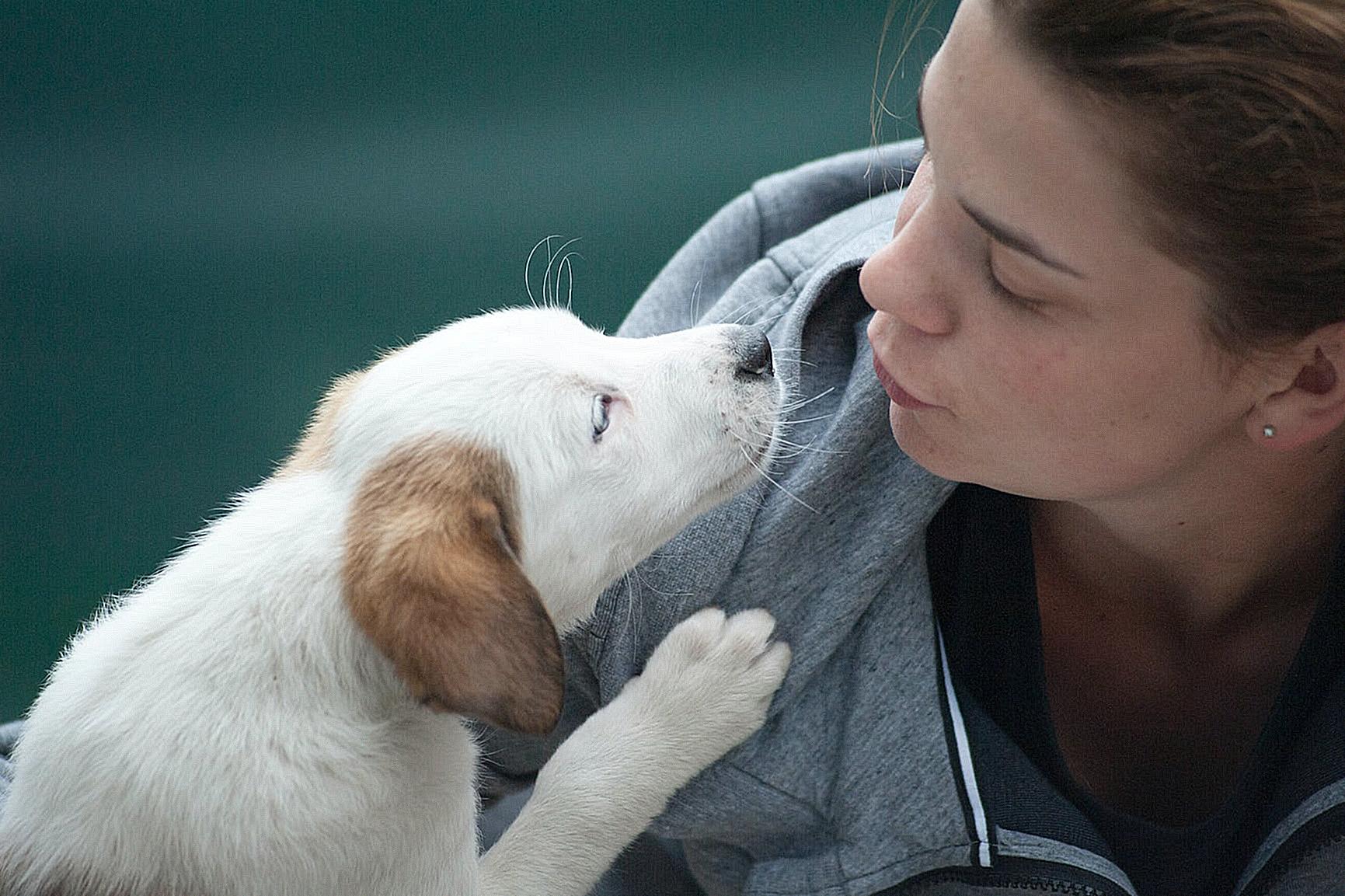
Conclusion
Potty training a 6 month old puppy can be difficult but rewarding. Introducing potty training basics and understanding how often your puppy should go out for breaks is key. Make sure to be aware of a few factors that can affect your pup’s ability to hold it, such as their size and health. Reinforcing positive behavior is important to a successful training program. Avoid common mistakes such as punishing your pup for accidents as well as delaying potty training based on their age. Finally, always watch for signs of readiness such as sniffing and circling behavior. With patience and consistency, even the most stubborn puppy can become potty trained.
